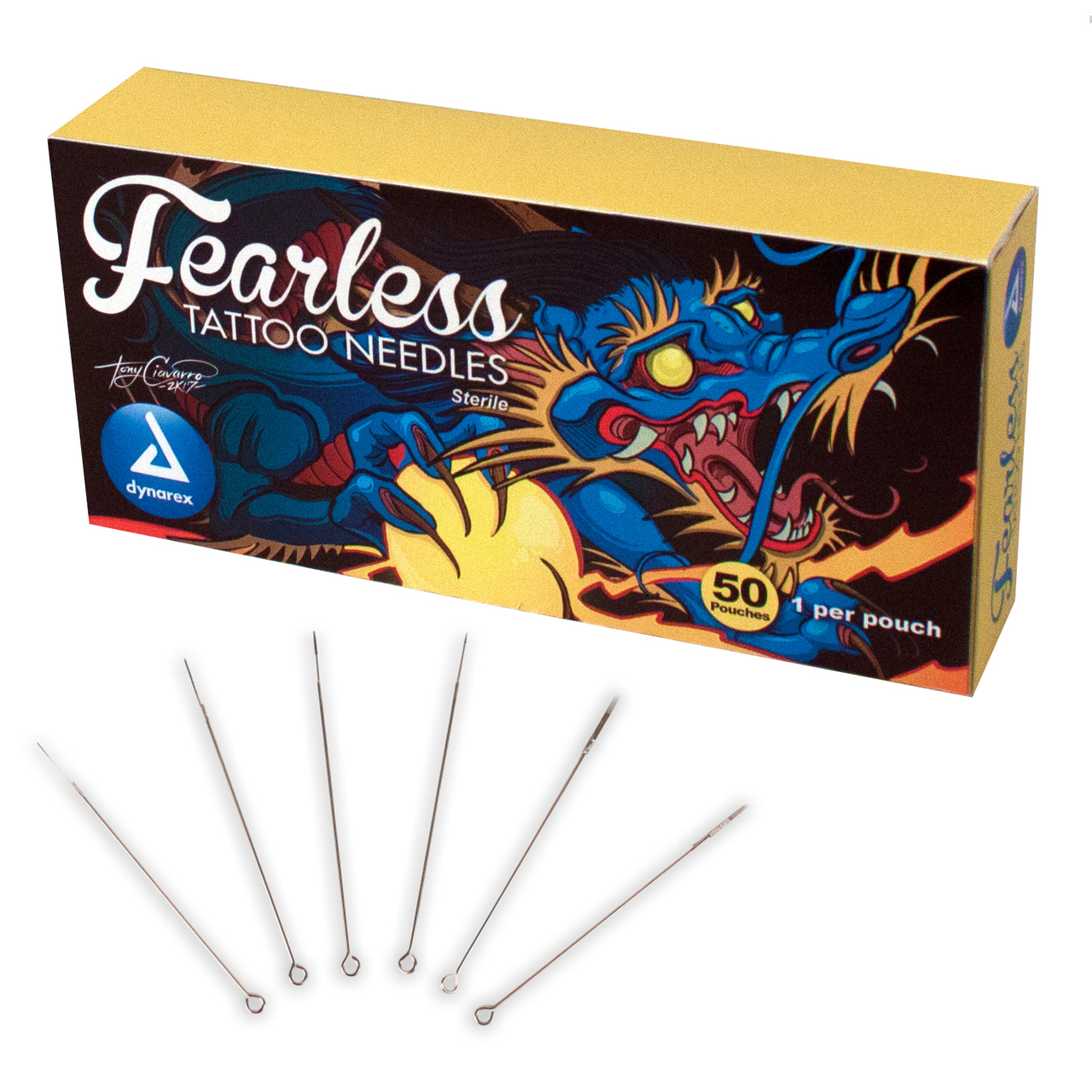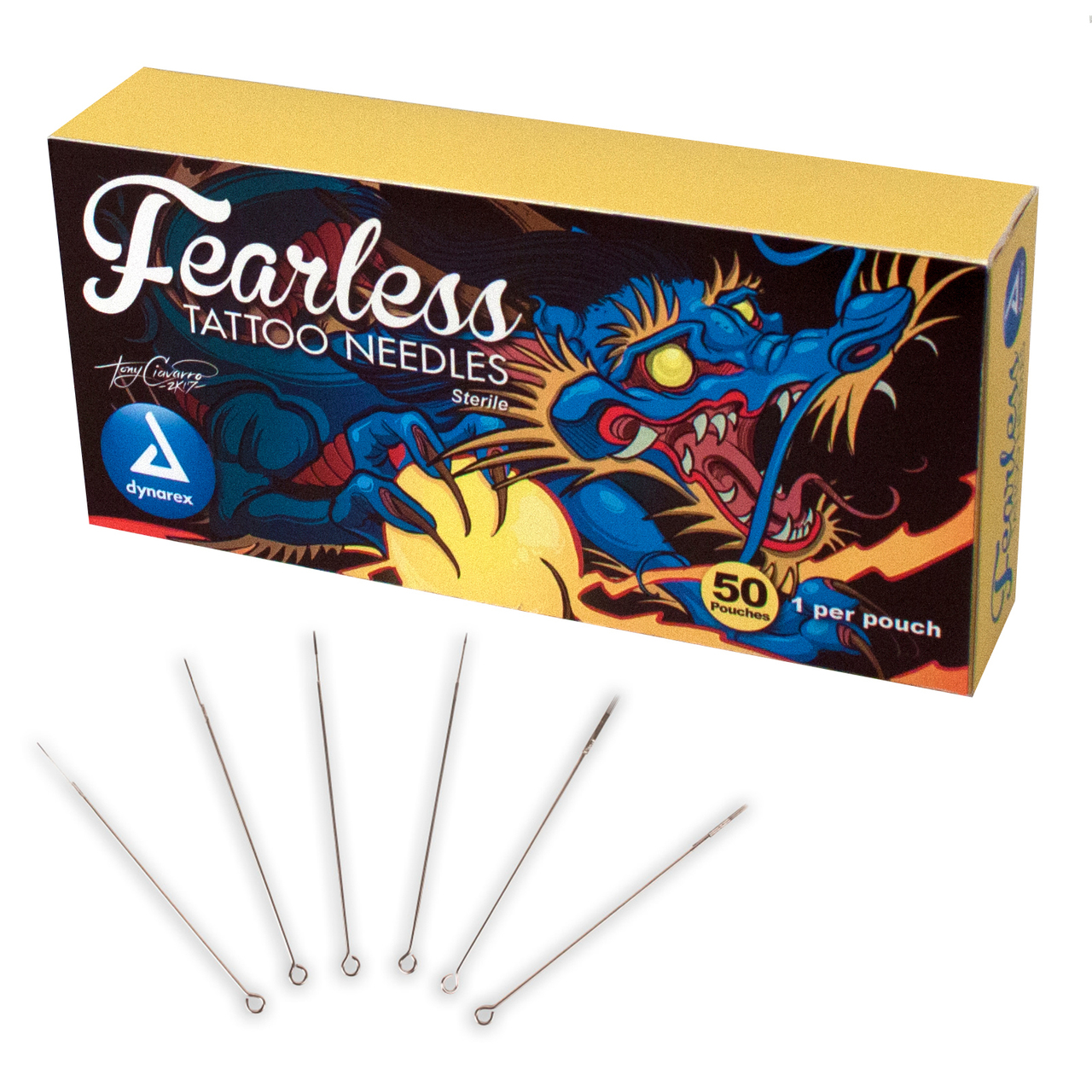Answers
Jan 10, 2022 - 08:03 AM
Yes, these needles are specifically made for any tattooing.
I am so sorry for the typo.
These are needles and not gloves.
I am so sorry for the typo.
These are needles and not gloves.
Jan 11, 2022 - 05:52 AM
1. INSTRUMENT PREPARATION • Disassemble instruments according to the manufacturer’s Instructions for Use (IFU). Remove all blood, tissue and soil from instruments using an enzymatic detergent per the manufacturer’s IFU. Rinse the instruments thoroughly to remove any residue. • Dry all items completely and inspect each instrument for proper function. Moisture on instruments will lead to cancellation of the cycle. Medical grade compressed air may be used to help dry lumens and other hidden spaces.
2. INSTRUMENT PACKAGING • Instruments can be packaged for sterilization utilizing different methods. • APTIMAX® Instrument Trays are recommended for use in the STERRAD® System with ALLClear™ Technology, as they have been designed to allow optimal diffusion of hydrogen peroxide gas around all items in the load. Use APTIMAX® Instrument Tray Holders to secure instruments in the trays. APTIMAX® Instrument Trays can be enclosed in polypropylene wrap. • Container systems tested and cleared for use in STERRAD® Systems may be useful for processing typical instrument sets. Please refer to the container system’s IFU for more information. • Place a STERRAD® Chemical Indicator (CI) Strip inside each container system or tray prior to wrapping to provide confirmation that the instrument has been exposed to hydrogen peroxide. • If the instrument tray has been wrapped in polypropylene wrap, secure the wrap with STERRAD® SEALSURE® CI Tape. The tape colorPractices to Avoid Do not process the following: • Items made of materials containing cellulose, such as cotton, paper or cardboard, linens, huck towels, gauze sponges, or any item containing wood pulp • Single-use items • Instruments with lumens that have not been completely dried • Items wrapped in barrier material containing paper • Foam pads in instrument trays will change from red to gold or lighter during the sterilization cycle, indicating that the tray has been exposed to hydrogen peroxide. Writing the contents on the STERRAD® SEALSURE® CI Tape may assist with identification of the tray contents. • Single instruments may be placed in peel pouches, enabling easy identification of pouch contents. Peel pouches should not be placed inside wrapped trays. Tyvek® Pouches with STERRAD® Chemical Indicators (CI) are made of Tyvek®, which is permeable to hydrogen peroxide vapor and provides a microbial barrier. A STERRAD® CI Strip should be placed inside each pouch.
3. LOADING THE STERILIZER • Multiple peel pouches should be placed on edge inside an uncovered tray. Pouches should be placed in the tray so that the clear side of one pouch faces the opaque side of the next pouch. A single-peel pouch should be placed flat on the shelf with the Tyvek® side facing up. • Provide at least 1 inch (25 mm) of space between the electrode and the top of the load, 1 inch between packages in the load and 1 inch between the electrode and the sides of the load. Place trays flat on the sterilizer shelves in a single layer. Do not stack trays.
Practices to Avoid Do not process the following: • Items made of materials containing cellulose, such as cotton, paper or cardboard, linens, huck towels, gauze sponges, or any item containing wood pulp • Single-use items • Instruments with lumens that have not been completely dried • Items wrapped in barrier material containing paper • Foam pads in instrument trays
When loading the sterilizer, DO NOT: • Stack instrument trays • Place instrument trays on edge in order to fit more items in the sterilizer • Insert the sterilizer shelf upside-down • Configure the load so that metal instruments are in contact with the walls or door of the sterilizer
2. INSTRUMENT PACKAGING • Instruments can be packaged for sterilization utilizing different methods. • APTIMAX® Instrument Trays are recommended for use in the STERRAD® System with ALLClear™ Technology, as they have been designed to allow optimal diffusion of hydrogen peroxide gas around all items in the load. Use APTIMAX® Instrument Tray Holders to secure instruments in the trays. APTIMAX® Instrument Trays can be enclosed in polypropylene wrap. • Container systems tested and cleared for use in STERRAD® Systems may be useful for processing typical instrument sets. Please refer to the container system’s IFU for more information. • Place a STERRAD® Chemical Indicator (CI) Strip inside each container system or tray prior to wrapping to provide confirmation that the instrument has been exposed to hydrogen peroxide. • If the instrument tray has been wrapped in polypropylene wrap, secure the wrap with STERRAD® SEALSURE® CI Tape. The tape colorPractices to Avoid Do not process the following: • Items made of materials containing cellulose, such as cotton, paper or cardboard, linens, huck towels, gauze sponges, or any item containing wood pulp • Single-use items • Instruments with lumens that have not been completely dried • Items wrapped in barrier material containing paper • Foam pads in instrument trays will change from red to gold or lighter during the sterilization cycle, indicating that the tray has been exposed to hydrogen peroxide. Writing the contents on the STERRAD® SEALSURE® CI Tape may assist with identification of the tray contents. • Single instruments may be placed in peel pouches, enabling easy identification of pouch contents. Peel pouches should not be placed inside wrapped trays. Tyvek® Pouches with STERRAD® Chemical Indicators (CI) are made of Tyvek®, which is permeable to hydrogen peroxide vapor and provides a microbial barrier. A STERRAD® CI Strip should be placed inside each pouch.
3. LOADING THE STERILIZER • Multiple peel pouches should be placed on edge inside an uncovered tray. Pouches should be placed in the tray so that the clear side of one pouch faces the opaque side of the next pouch. A single-peel pouch should be placed flat on the shelf with the Tyvek® side facing up. • Provide at least 1 inch (25 mm) of space between the electrode and the top of the load, 1 inch between packages in the load and 1 inch between the electrode and the sides of the load. Place trays flat on the sterilizer shelves in a single layer. Do not stack trays.
Practices to Avoid Do not process the following: • Items made of materials containing cellulose, such as cotton, paper or cardboard, linens, huck towels, gauze sponges, or any item containing wood pulp • Single-use items • Instruments with lumens that have not been completely dried • Items wrapped in barrier material containing paper • Foam pads in instrument trays
When loading the sterilizer, DO NOT: • Stack instrument trays • Place instrument trays on edge in order to fit more items in the sterilizer • Insert the sterilizer shelf upside-down • Configure the load so that metal instruments are in contact with the walls or door of the sterilizer



